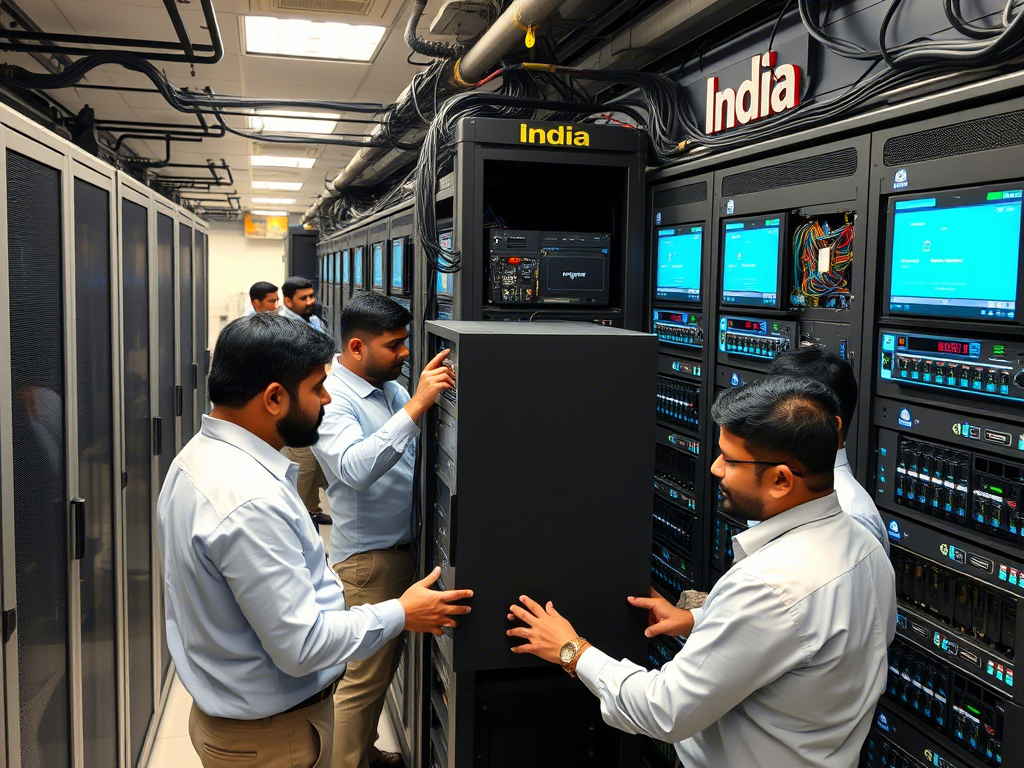Did you know that nearly 70% of businesses experience downtime during a data center migration? Whether you’re upgrading to a higher tier or relocating entirely, the process can be daunting. Data center migration is not just about moving servers; it’s about ensuring minimal disruption, maintaining security, and achieving operational efficiency. In this comprehensive guide, we’ll walk you through every step of the data center migration process, from initial assessment to post-migration optimization. Learn how to upgrade your tier level seamlessly and avoid costly mistakes along the way.
Understanding Data Center Migration
Before diving into the steps, let’s clarify what data center migration entails. Simply put, it involves transferring your IT infrastructure—servers, storage, applications, and networking—from one location or environment to another. This could mean moving from an on-premises setup to the cloud, upgrading hardware, or relocating to a new physical facility.
Why Upgrade Your Tier Level?
Upgrading your data center tier level ensures better uptime, scalability, and reliability. For instance, a Tier III data center offers 99.982% availability compared to Tier II’s 99.741%. Higher tiers also provide redundant systems, reducing the risk of costly outages.
Key terms to understand include:
- Tier Certification Process: Standards like Uptime Institute’s Tier Classification System define availability levels.
- Cloud Migration Strategy: Moving workloads to the cloud can enhance flexibility and reduce costs.
- Server Consolidation: Combining multiple servers into fewer units improves efficiency and reduces overhead.

Step 1: Assess Your Current Infrastructure
The first step in any successful data center migration is conducting a thorough assessment of your existing setup. Without a clear understanding of your current environment, you risk overlooking critical dependencies or underestimating resource needs.
Here’s how to approach the assessment:
- Inventory Assets: Create a detailed inventory of all hardware, software, and network components. Include details like model numbers, configurations, and licenses.
- Evaluate Performance Metrics: Analyze current performance levels, including uptime, latency, and resource utilization. Tools like SolarWinds or Nagios can help automate this process.
- Identify Dependencies: Map out interdependencies between systems to avoid disruptions during migration. For example, if one server hosts a database relied upon by multiple applications, prioritize its migration carefully.
External Resource: Refer to Uptime Institute’s guidelines for insights into infrastructure assessments.
Step 2: Define Your Goals and Objectives
Clearly outline why you’re undertaking this migration. Are you aiming for improved redundancy (Tier III or IV)? Or are you consolidating resources for cost savings? Defining your goals early will guide every decision throughout the process.
- Set SMART Goals: Ensure your objectives are Specific, Measurable, Achievable, Relevant, and Time-bound. For example, “Reduce downtime by 50% within six months” is a SMART goal.
- Determine Budget Constraints: Factor in costs for new equipment, labor, and potential downtime. Don’t forget to include contingency funds for unexpected expenses.
For more insights, check out our blog post on Cost Optimization in IT Projects.
Step 3: Plan Meticulously
Planning is the backbone of a smooth data center migration. A well-thought-out plan minimizes risks and ensures alignment with business objectives.
- Create a Timeline: Break down tasks into phases, such as pre-migration preparation, actual migration, and post-migration testing. Assign deadlines to each phase to stay on track.
- Assign Roles and Responsibilities: Ensure everyone knows their role, from IT staff to third-party vendors. Designate a project manager to oversee the entire process.
- Develop a Risk Management Plan: Identify potential risks, such as hardware failure or data loss, and outline mitigation strategies.
External Resource: The National Institute of Standards and Technology (NIST) offers excellent frameworks for risk management in IT projects.
Step 4: Execute with Precision
Once planning is complete, it’s time to execute. This is where careful preparation pays off.
- Test in Stages: Start with non-critical systems before migrating mission-critical applications. This allows you to identify and address issues without impacting core operations.
- Monitor Continuously: Use monitoring tools to detect issues in real-time. Solutions like Datadog or Splunk provide visibility into system performance during migration.
- Communicate Transparently: Keep stakeholders informed throughout the process. Regular updates build trust and ensure everyone is aligned.
Step 5: Optimize Post-Migration
After the migration, focus on optimizing your new environment to maximize ROI and performance.
- Validate Uptime: Confirm that your upgraded tier level meets expected availability standards. Conduct stress tests to ensure resilience.
- Optimize Workloads: Reassess resource allocation to ensure maximum efficiency. Consider implementing automation tools to streamline operations.
- Document Lessons Learned: Capture insights to improve future migrations. Document both successes and challenges to create a knowledge base for your team.
Common Challenges in Data Center Migration
While the benefits of data center migration are significant, the process isn’t without challenges. Here are some common hurdles and how to overcome them:
- Managing Dependencies: Interconnected systems can complicate migrations. Use dependency mapping tools to visualize relationships.
- Ensuring Data Integrity: Data corruption or loss can occur during transfer. Implement robust backup and validation processes.
- Mitigating Downtime Risks: Even brief outages can impact revenue. Schedule migrations during low-traffic periods and have rollback plans ready.
Final Thoughts:
Data center migration is a complex but rewarding endeavor when done correctly. By following these steps—assessing your infrastructure, defining goals, meticulous planning, precise execution, and post-migration optimization—you can achieve a seamless transition and upgrade your tier level effectively. Ready to take the next step? Share your thoughts in the comments below or subscribe to our newsletter for more expert tips on IT infrastructure management.
FAQ Section:
Q1: What is the primary goal of data center migration?
The primary goal is to relocate or upgrade IT infrastructure while minimizing downtime and maintaining business continuity.
Q2: How long does a typical data center migration take?
It depends on the scope, but most projects range from several weeks to months. Proper planning significantly impacts duration.
Q3: Can I migrate my data center to the cloud?
Yes! Many organizations opt for hybrid or full-cloud solutions during migration for enhanced flexibility and scalability.
Q4: What are the biggest challenges in data center migration?
Common challenges include managing dependencies, ensuring data integrity, and mitigating risks associated with downtime.
Q5: How do I choose the right tier level for my data center?
Consider factors like budget, required uptime, scalability needs, and compliance requirements. Consult experts if needed.



